Frequently Asked Questions
1. What is the historical significance of knives?
2. How did the design of knives change during the Middle Ages?
3. In what ways are knives considered personalized gifts?
4. How did the Industrial Revolution impact knife production?
5. What role do knives play in contemporary culture?
Knives have been an integral part of human civilization since the dawn of time. From simple tools for survival to exquisite collectibles, their evolution reflects our history and ingenuity. This blog post will explore the rich history of knives and how they have transcended their original purpose to become symbols of craftsmanship. As we delve into their journey, we'll also highlight some unique aspects that make knives exceptional personalized gifts for various occasions.
The Ancient Origins of Knives
The history of knives can be traced back over two million years, beginning with the earliest stone tools used by our ancestors. These primitive knives, made from flint and obsidian, served basic survival functions — hunting, cutting, and peeling. The development of metalworking marked a significant turning point in the history of knives.
Early Metal Knives
By around 3000 BC, copper was introduced into knife-making. The advantages of metal over stone allowed for sharper, more durable blades. Civilizations in Egypt and Mesopotamia began crafting knives not only for practical use but also for ceremonial purposes. In ancient Egypt, daggers often adorned tombs, displaying their significance beyond functionality. Knives became prestigious items, often associated with power and status.
The Evolution During the Middle Ages
As the Middle Ages approached, the design and function of knives continued to evolve. The introduction of iron and steel revolutionized knife-making further. By the 11th century, knives became commonplace utensils in households, often carried by individuals as part of their daily attire.
Knives in Warfare
During this period, knives began serving a dual purpose. In addition to being tools, they were also essential in warfare. The dagger, a short knife, emerged as a favored weapon among soldiers. Knife-making techniques became more sophisticated, incorporating various blade shapes and materials to suit different combat styles.
The Renaissance: A Shift in Style
The Renaissance era saw a significant shift in both the function and design of knives. Artisans began to embellish blades and hilts, leading to intricate designs and personalization. The rise of trade also meant that knives began to reflect cultural influences from around the world. Knife-making became an art form.
Knives as Status Symbols
By the 16th century, knives were no longer just tools; they had transformed into status symbols. Wealthy individuals commissioned personalized knives adorned with gold and precious stones. These ornate pieces became popular personalized gifts, cherished for their craftsmanship and exclusivity. They represented not just utility but social standing.
The Industrial Revolution and Mass Production
The 18th and 19th centuries marked the onset of the Industrial Revolution, which significantly changed how knives were manufactured. Advancements in technology allowed for mass production, making knives more accessible to the general public. Despite this shift, craftsmen continued to produce high-quality, handmade knives that appealed to collectors and enthusiasts.
Knife Collecting Takes Shape
As the availability of knives increased, so did interest in collecting. Enthusiasts began to seek out unique designs and historical pieces. This period marked the birth of knife shows and exhibitions, where collectors could showcase their rare finds, further solidifying the knife’s position as a valuable collectible.
The Rise of Specialty Knives
Throughout the 20th century, knives began to diversify based on purpose and activity. Specialty knives emerged for various uses, from kitchen knives for culinary enthusiasts to survival knives for outdoor adventurers. Each type carried with it a distinct design, blade shape, and cutting edge feature that catered to specific needs.
Kitchen Knives: A Chef’s Best Friend
In the culinary world, knives have taken on a revered status. Professional chefs often rely on high-quality kitchen knives, recognizing their impact on food preparation and presentation. From Japanese Santoku and Gyuto to Western chef's knives, each piece represents a culmination of tradition, love for cooking, and exceptional craftsmanship. High-end kitchen knives have also become luxurious personalized gifts for aspiring chefs and food enthusiasts alike.
The Modern Era of Knives
Today, knives represent a blend of traditional craftsmanship and modern innovation. Advanced materials like stainless steel and carbon fiber are frequently used, producing knives that are both durable and aesthetically pleasing. The internet has democratized knife collecting, turning it into a global hobby.
Knives as Personal Expressions
As knives transitioned into the modern era, they became more than just functional tools; they evolved into personal expressions of style. Custom knife makers now offer personalized options that allow customers to engrave names, dates, or meaningful quotes on their blades. Personalized knives have become incredibly popular as unique personalized gifts for weddings, anniversaries, and graduation celebrations.
The Role of Knives in Art and Culture
Knives have also carved a niche within the realm of art and culture. Contemporary knife makers and artists push the boundaries of design, creating pieces that can be displayed as works of art. Cultural diversity is also represented through specific knife styles, such as the Navajo knife by Native American artisans, embracing tradition and storytelling.
Knives in Popular Culture
Knives also hold a prominent place in popular culture. From movies to television shows, the representation of knives often conveys strength and action. Knife fighting has become glamorous under the spotlight, leading to a resurgence of interest in martial arts and combat sports, further embedding knives in our cultural consciousness.
Preserving the Craft: The Future of Knives
As we look to the future, the art of knife-making faces both challenges and opportunities. Craftsmanship remains paramount, with many artisans striving to keep traditional techniques alive amid mass production. Sustainability also plays a growing role in knife-making, with an increasing focus on eco-friendly materials and practices.
Connecting Generations through Craftsmanship
Family traditions around knife-making continue to flourish, allowing younger generations to learn the age-old craft. These heirloom pieces often serve as treasured personalized gifts, passed down through families, securing their stories and craftsmanship for years to come. By cherishing the artistry involved in knife-making, we preserve a connection to our past while shaping its future.
More than Just a Tool
The history of knives is as deep and diverse as human civilization itself. What began as simple stone tools has evolved into complex pieces of art, cultural symbols, and valuable collectibles. Knives serve an essential function in our daily lives while also captivating the hearts of collectors and those looking for personalized gifts. Whether you are an aficionado, a culinary expert, or someone seeking a unique gift, knives represent not just utility but a celebration of artistry and history.
As you explore your own knife journey, consider how each piece you encounter carries with it a story, a heritage, and a personal significance that transcends time. Embrace the world of knives, and let their legacy inspire you as you discover your next unique collectible or sentimental personalized gift.


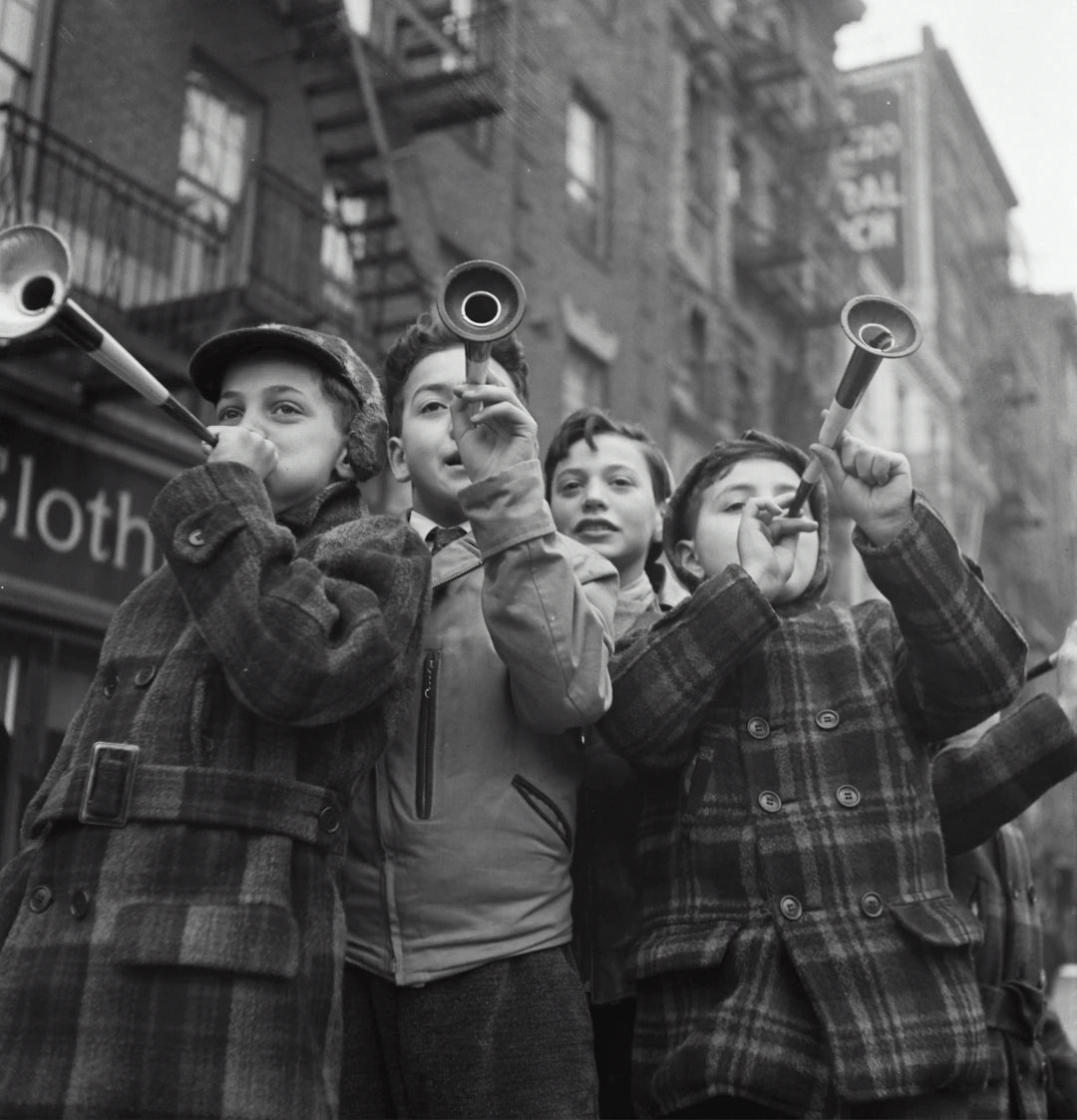



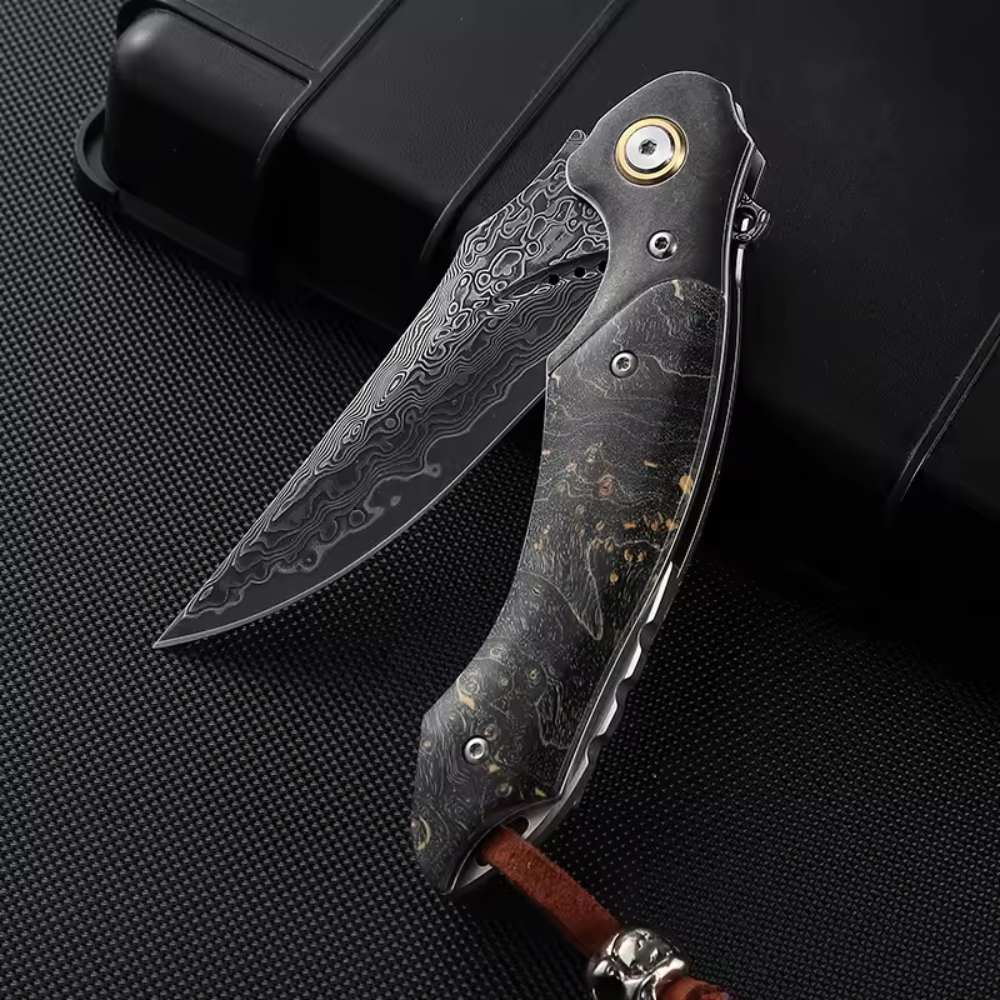
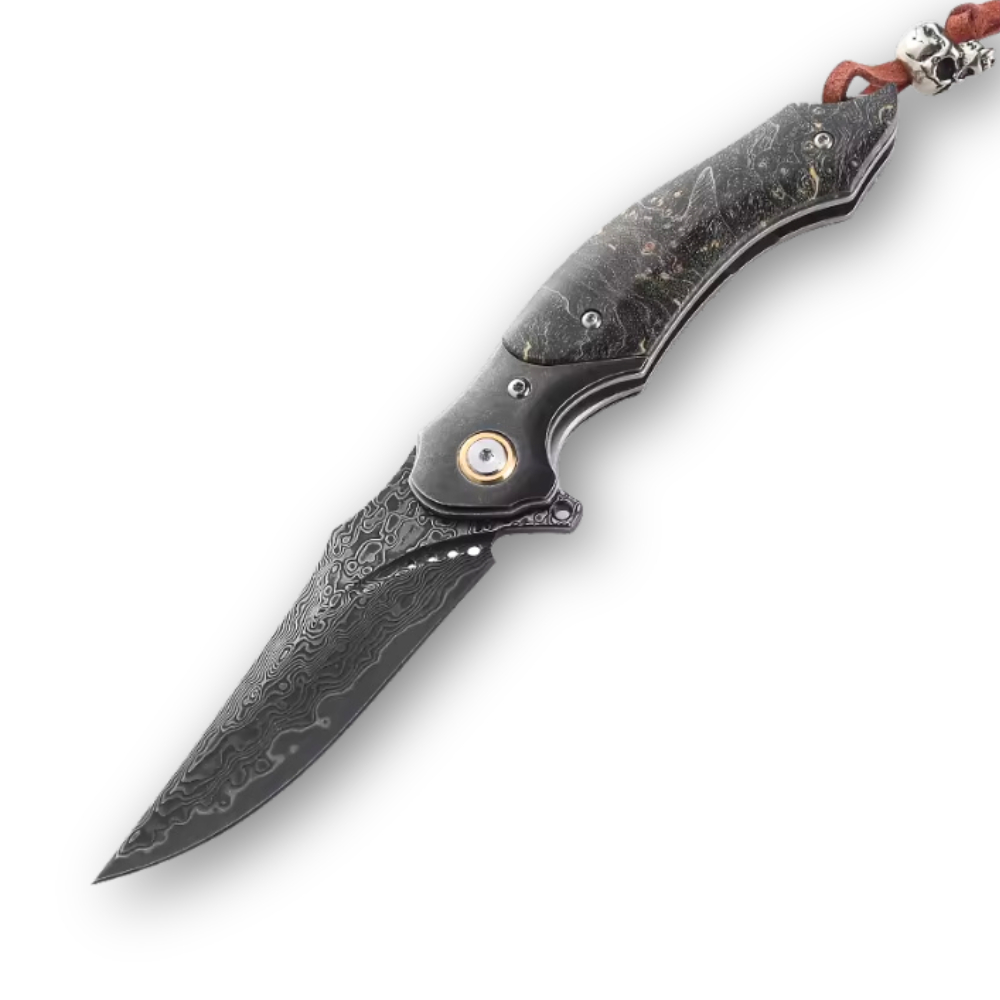
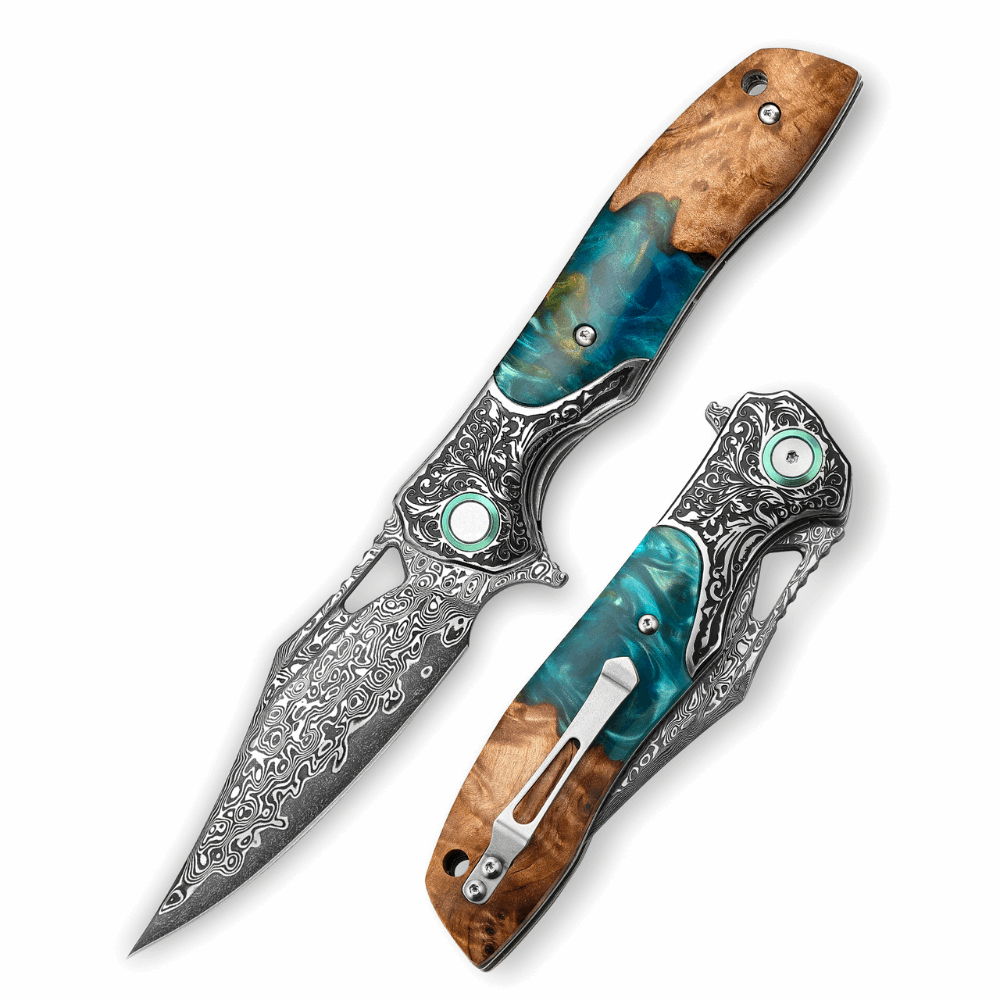
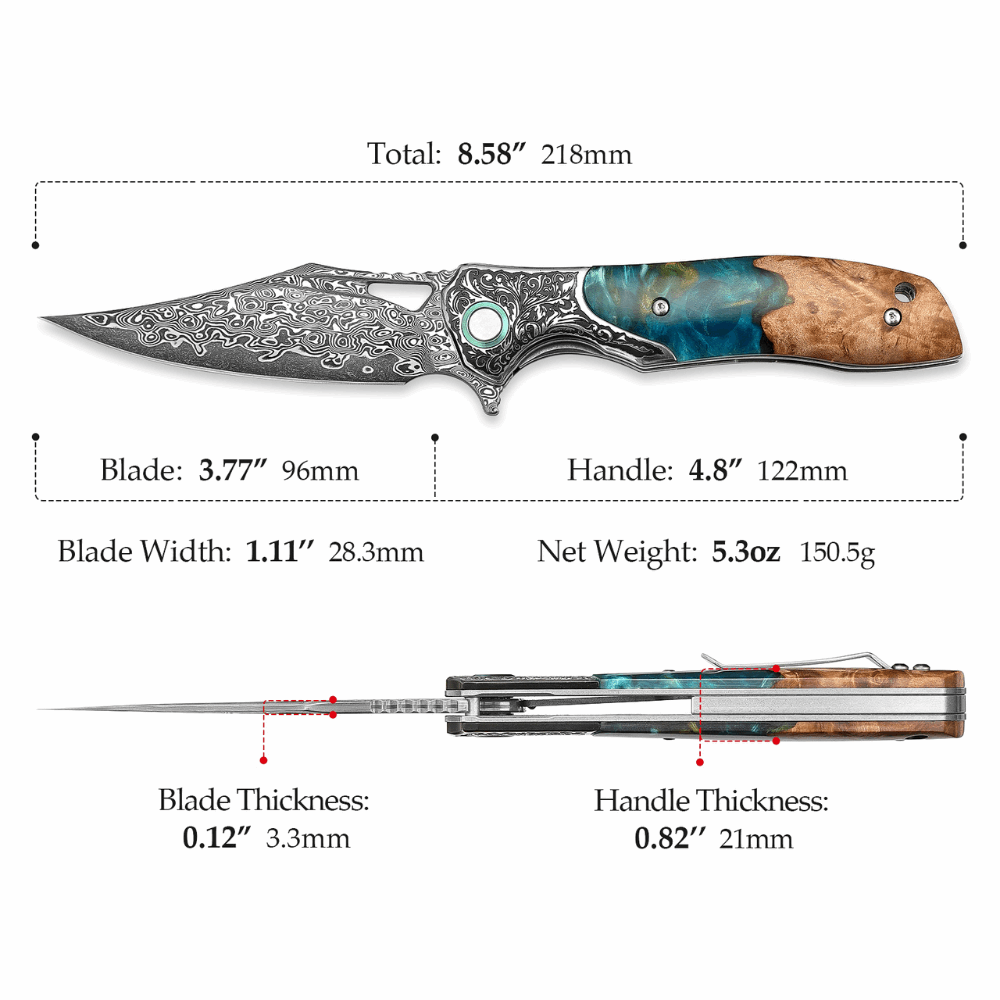
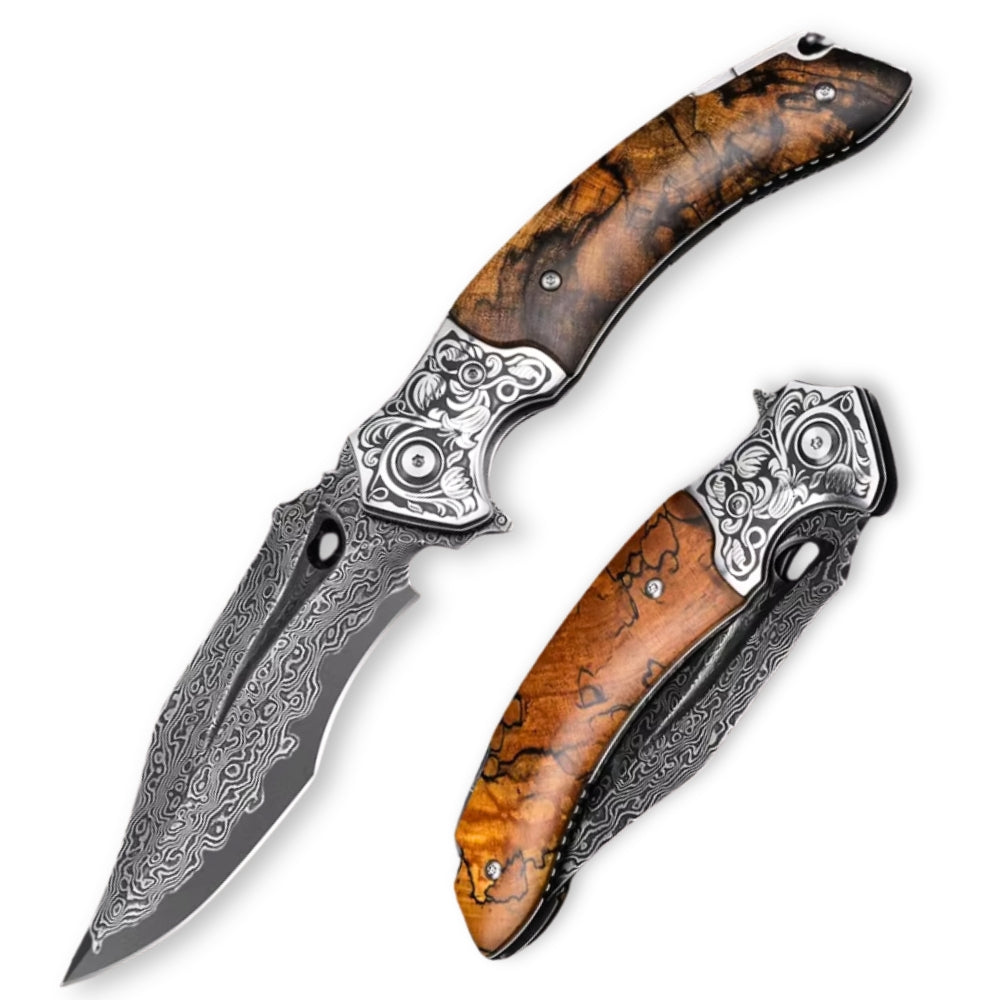
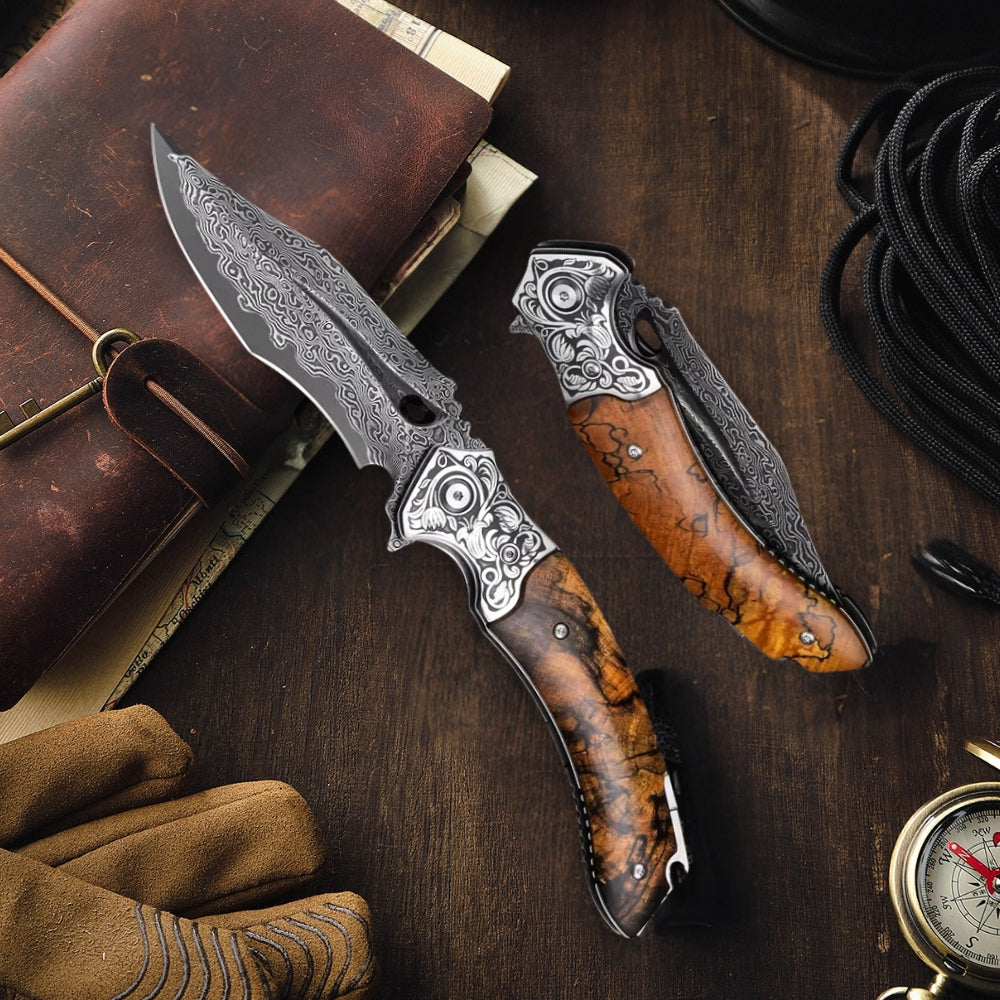
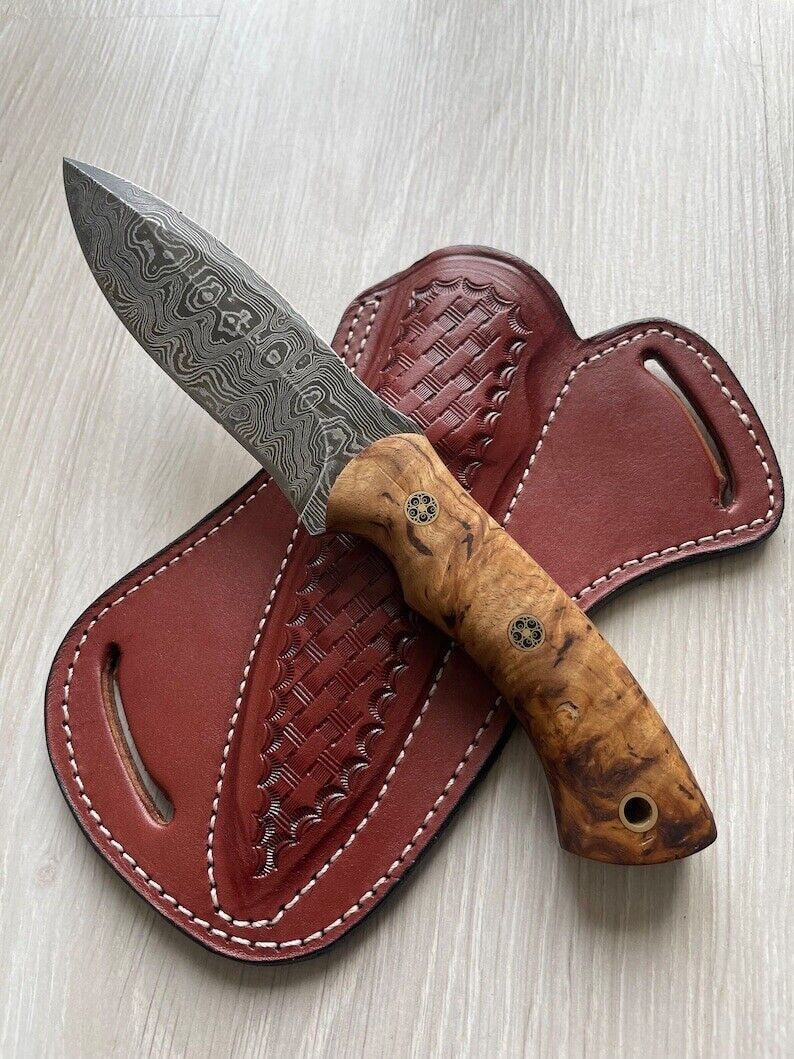
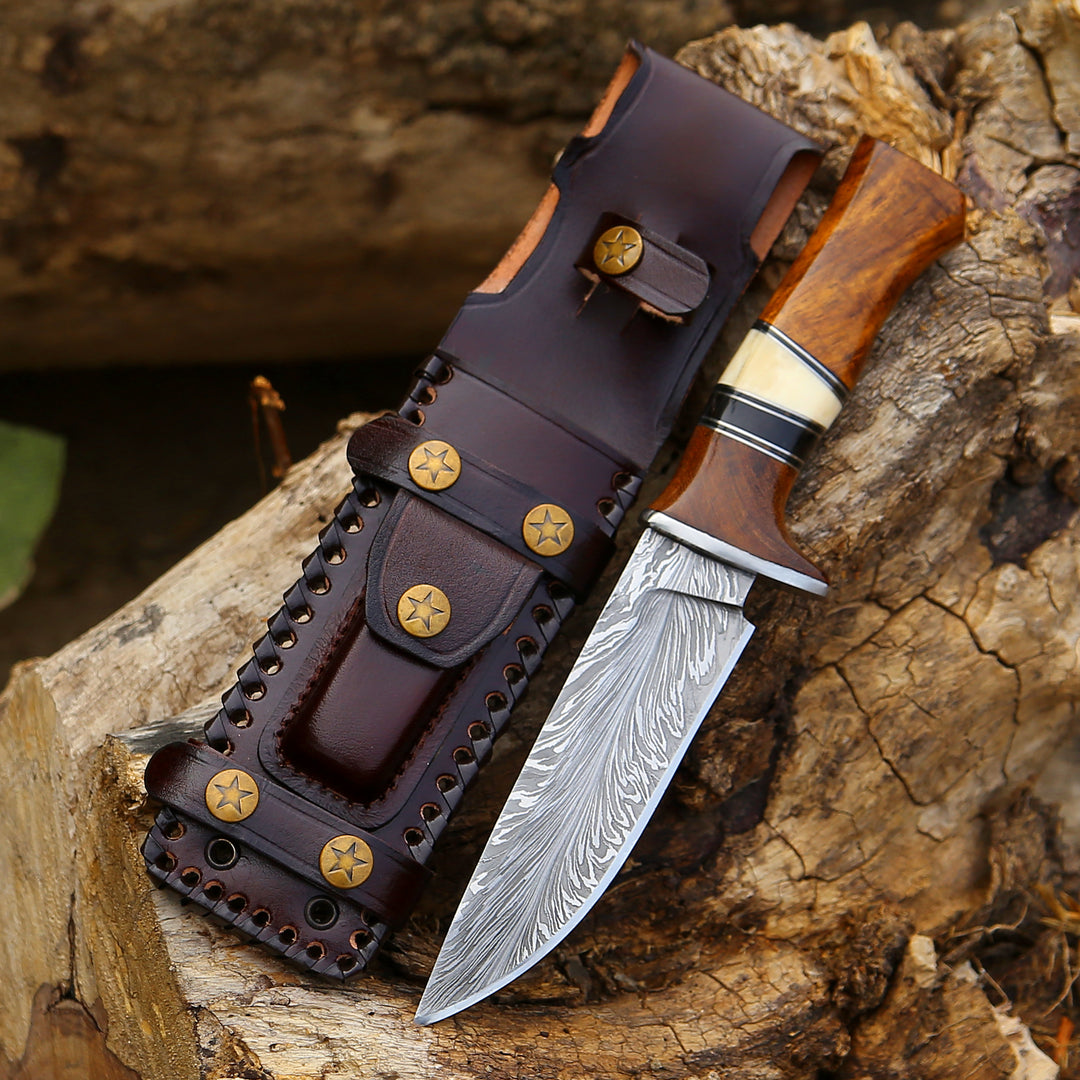
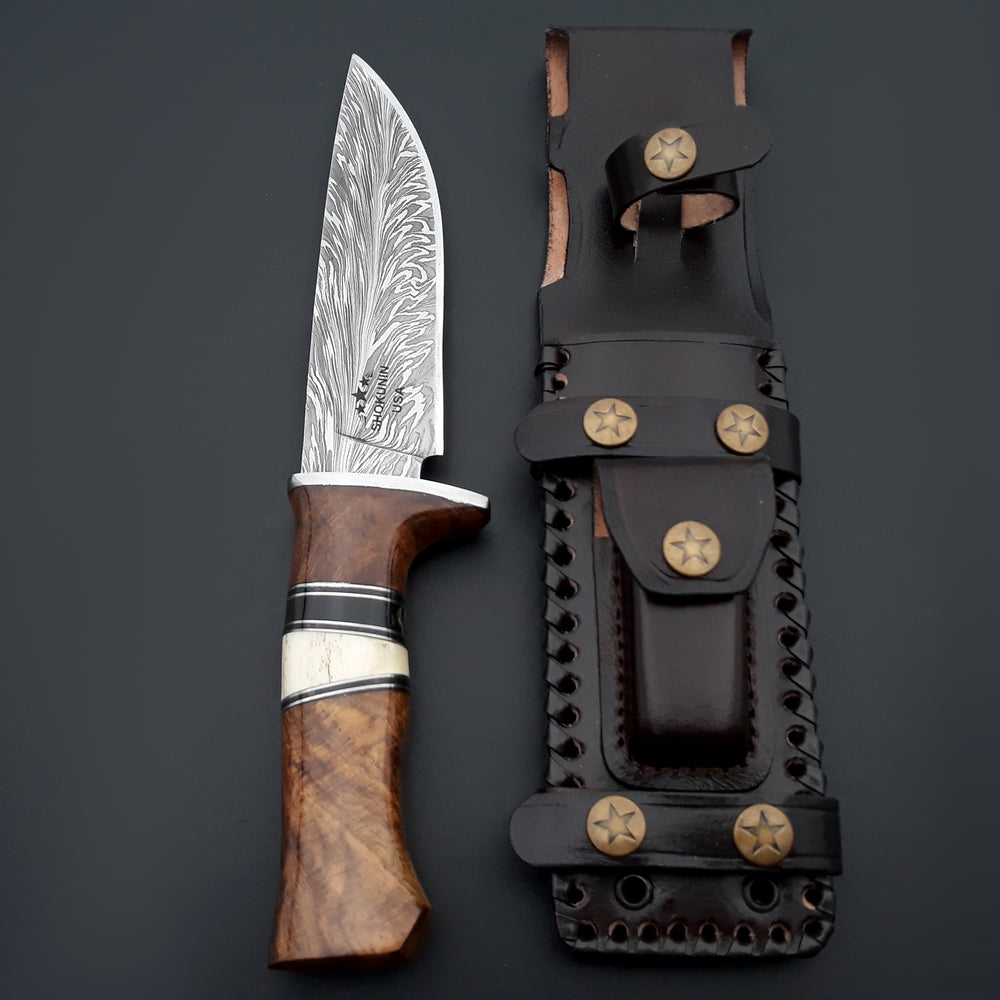
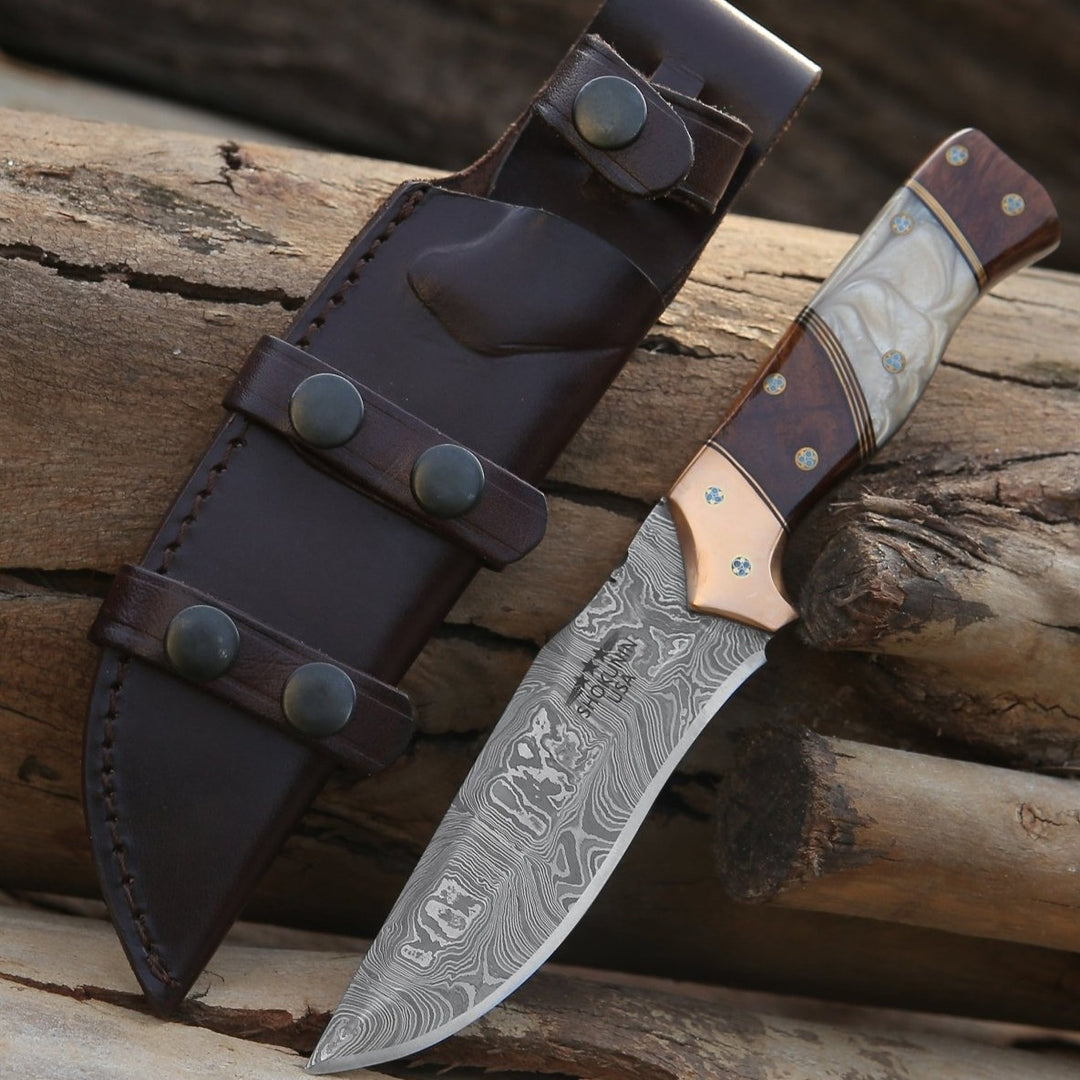
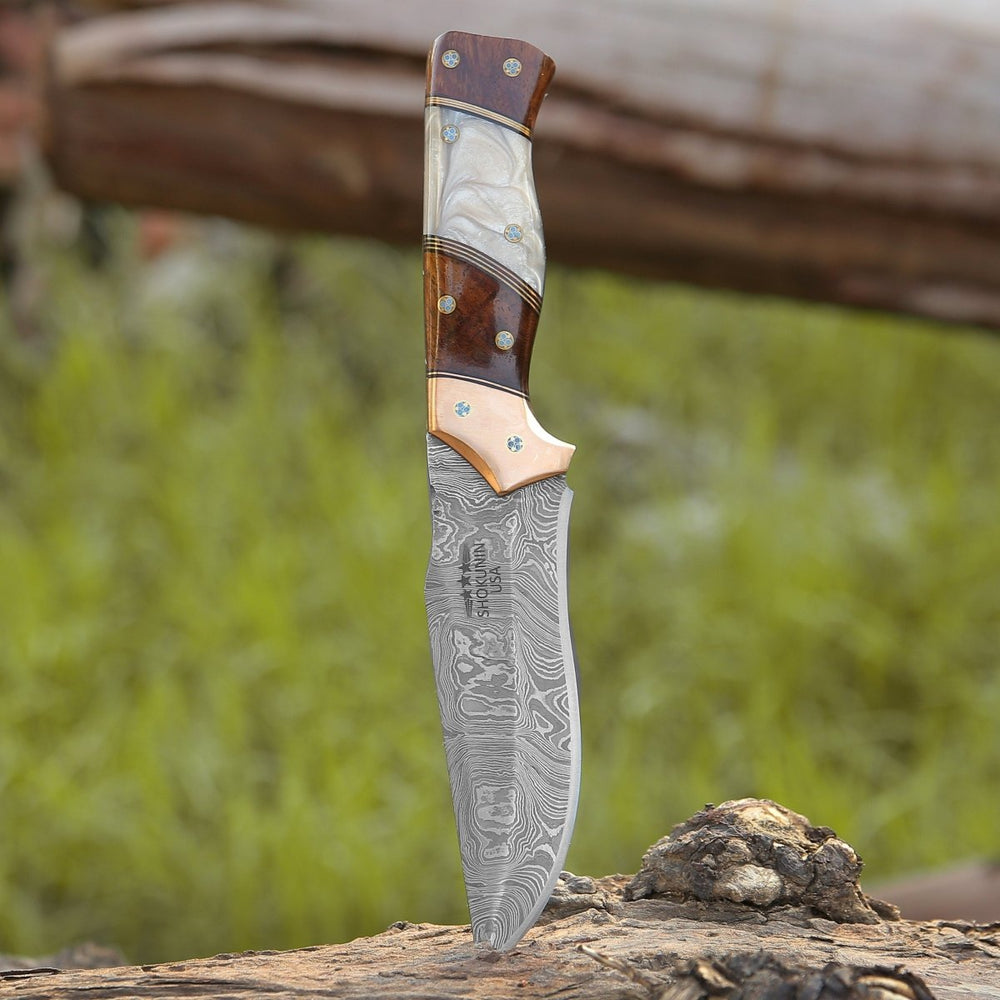
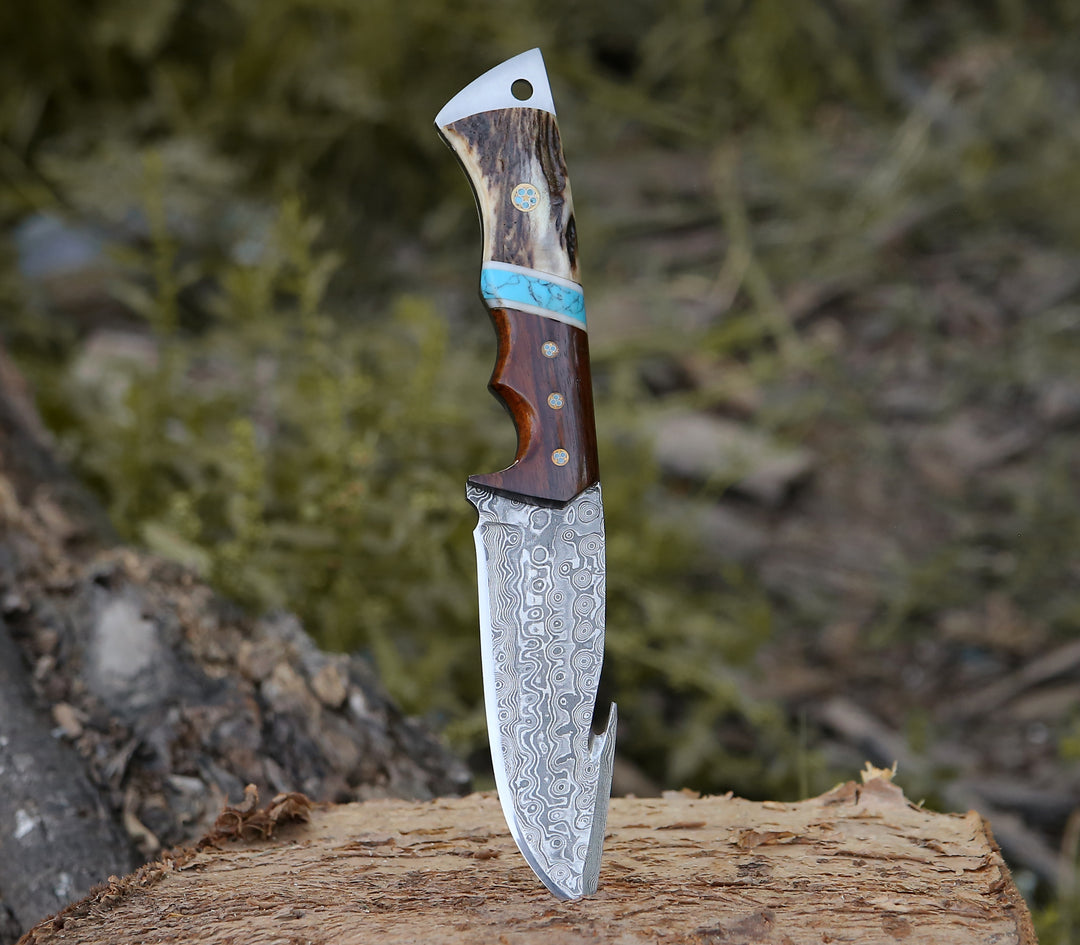
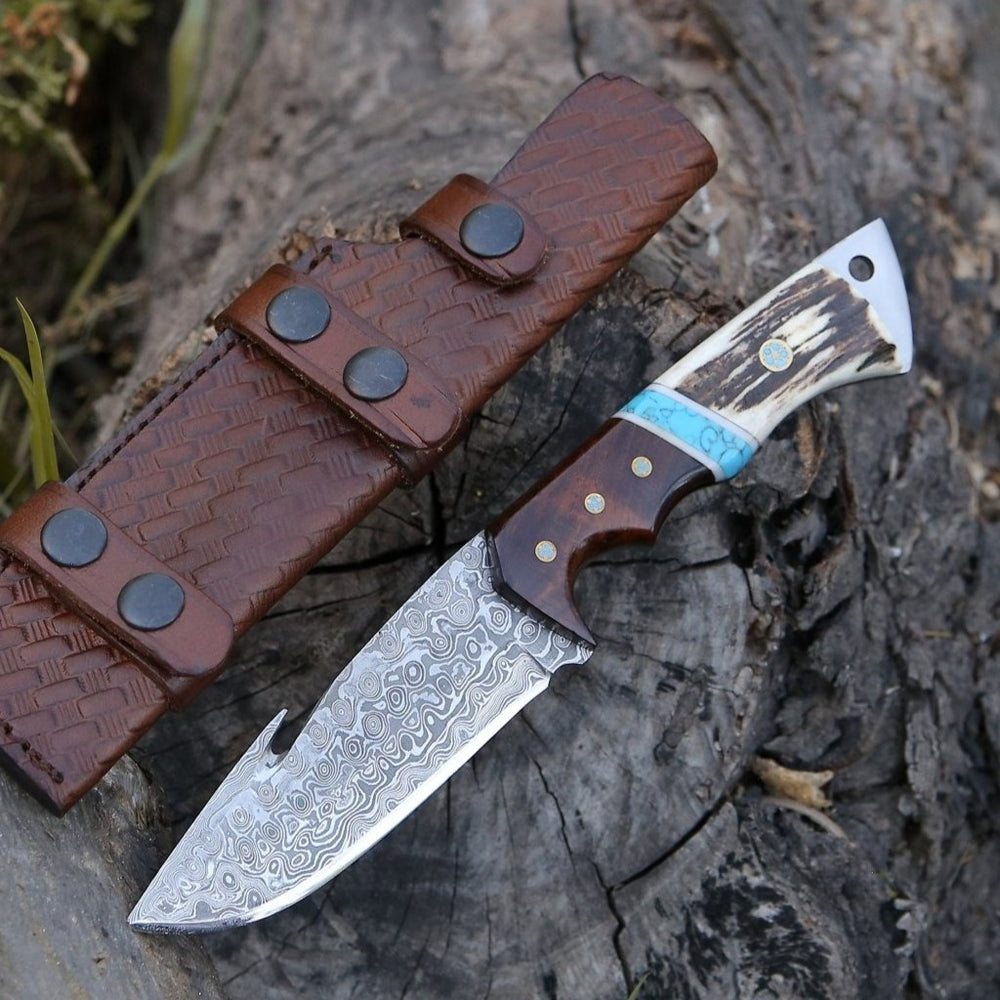
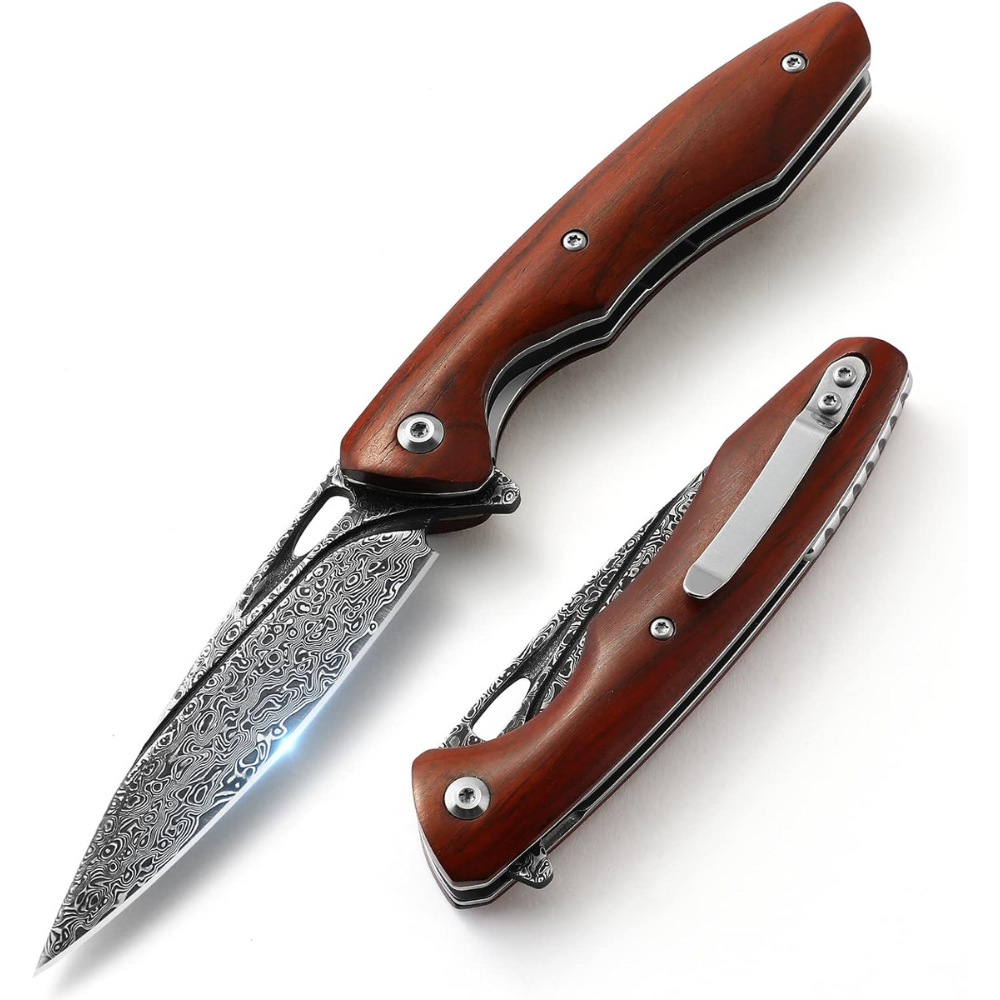
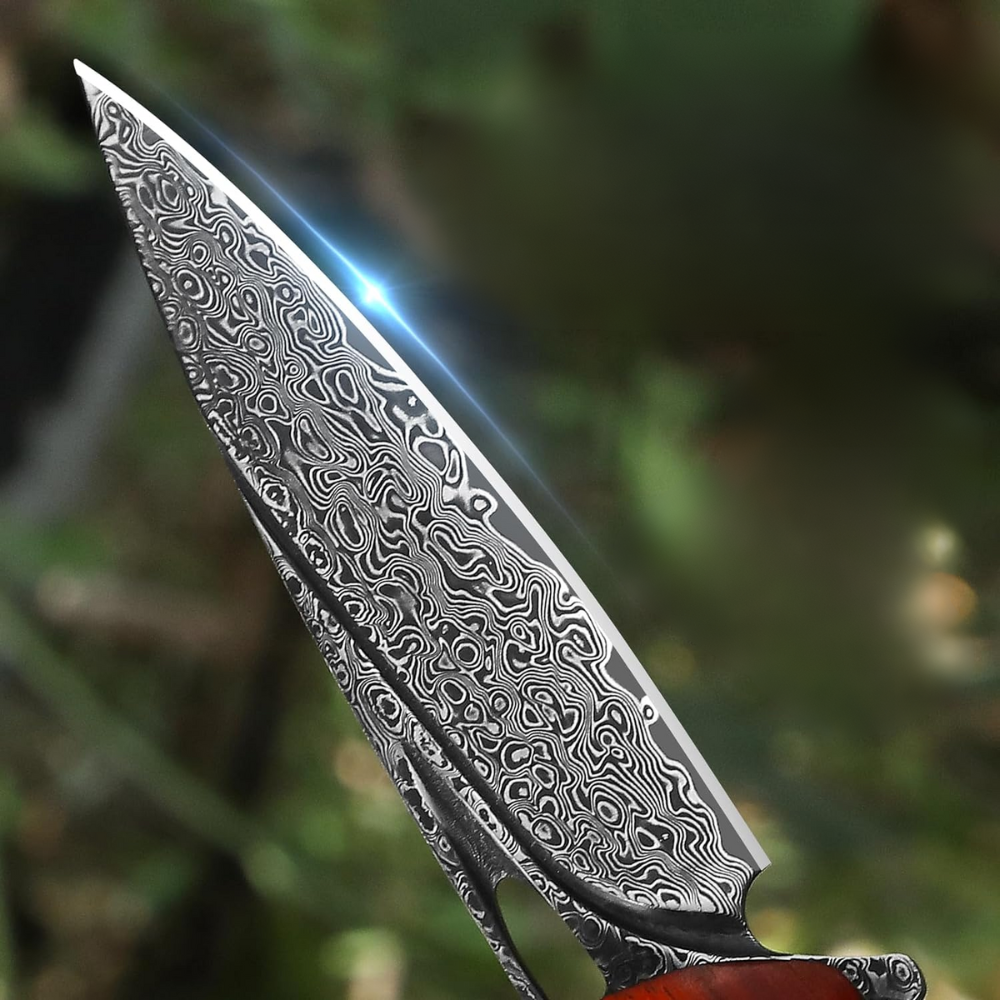
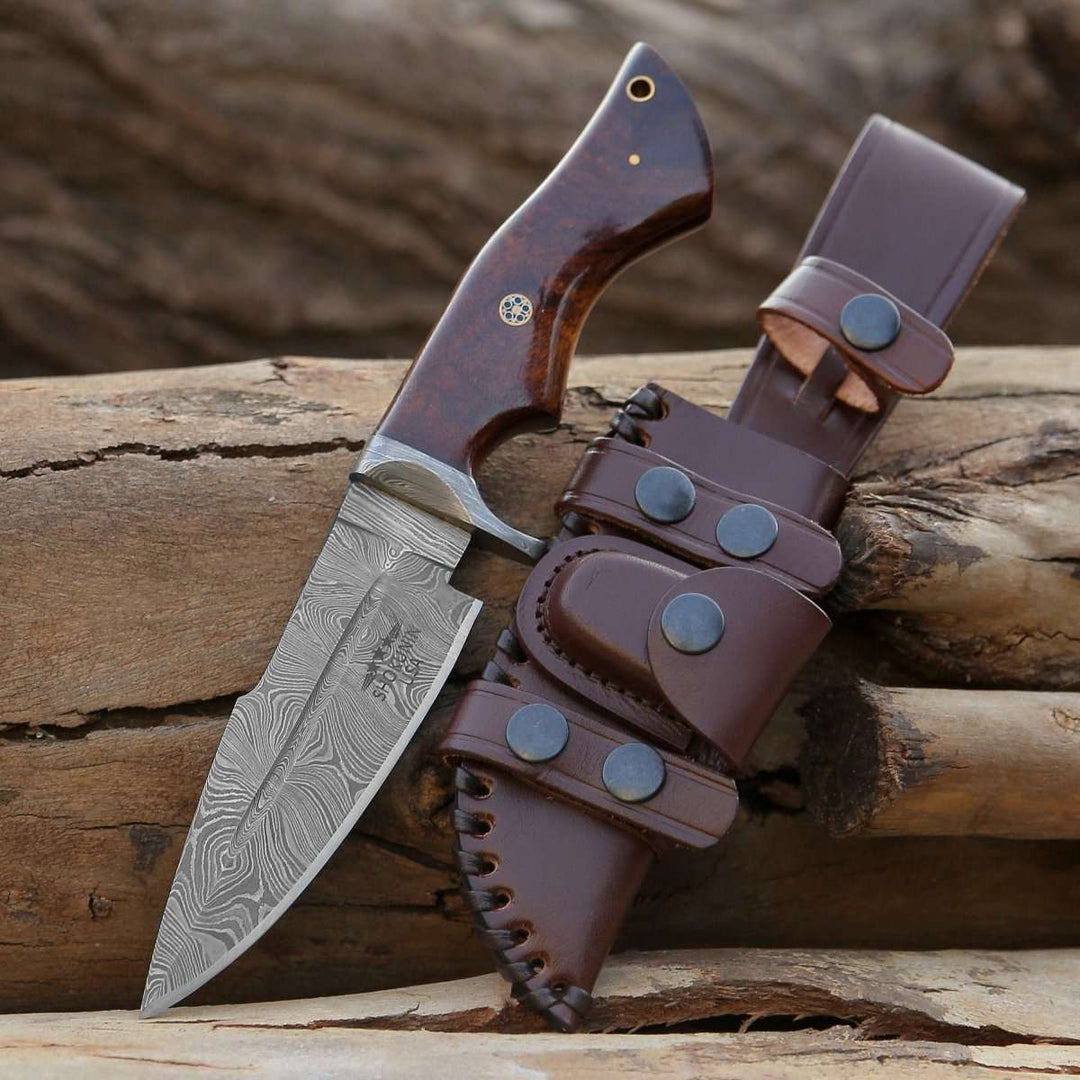
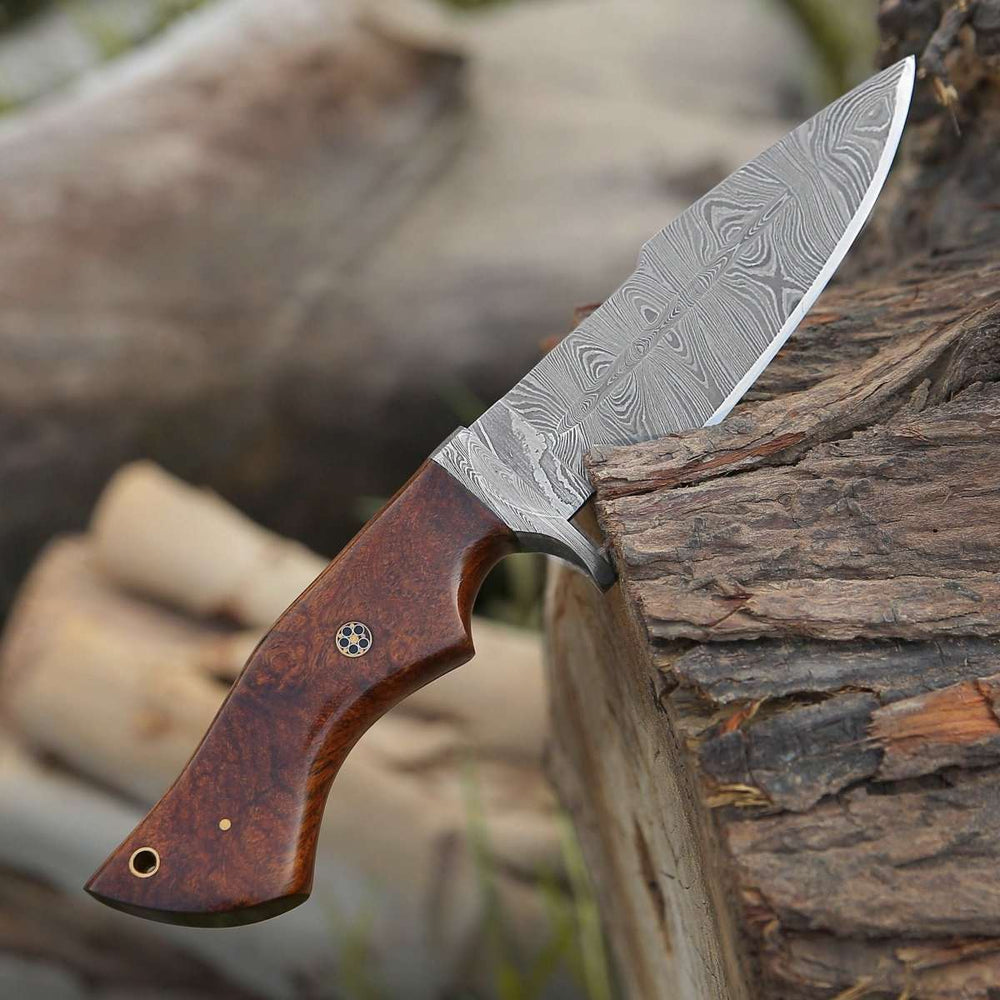
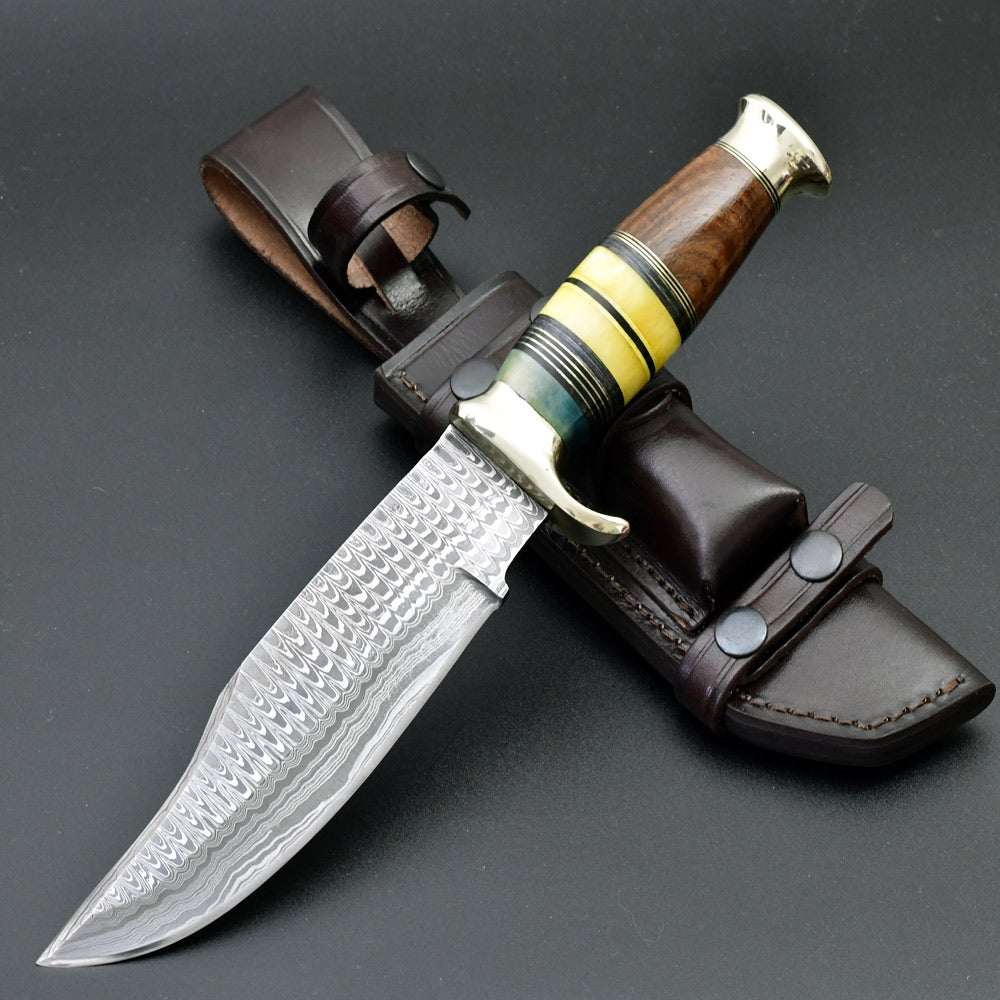
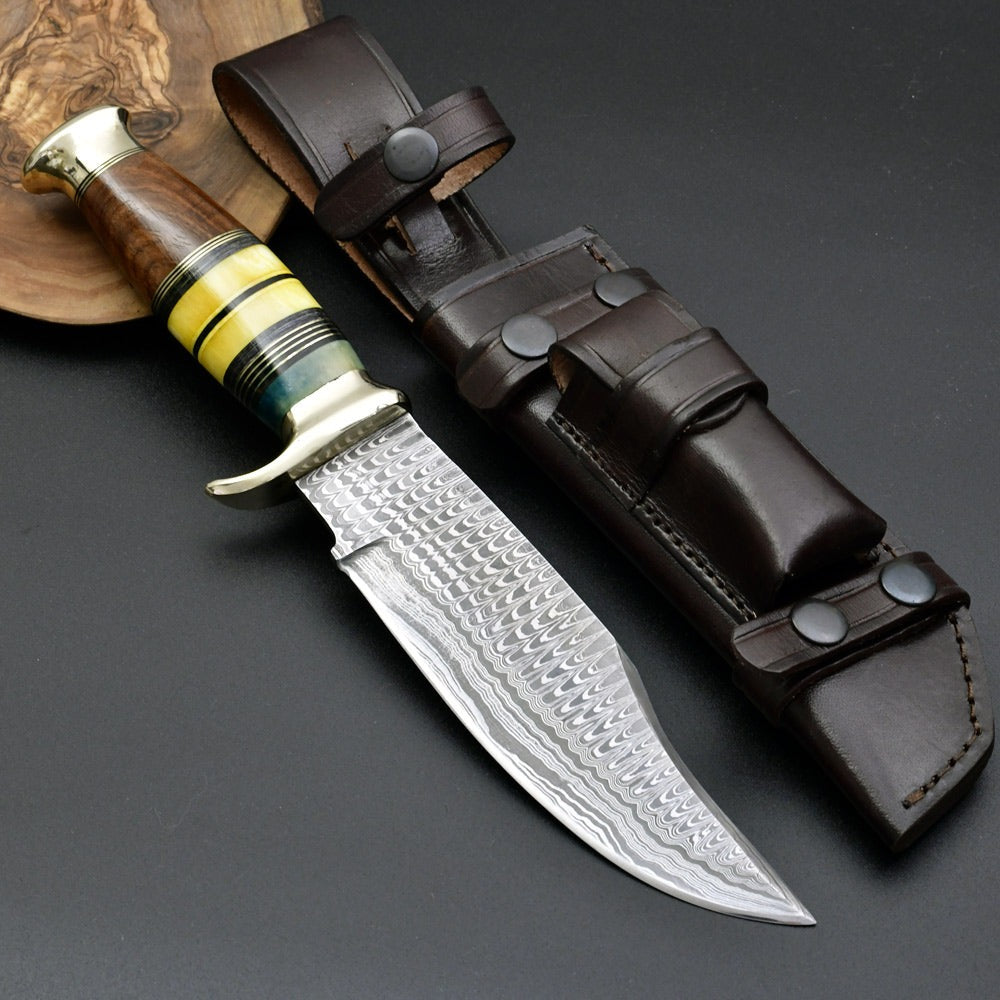
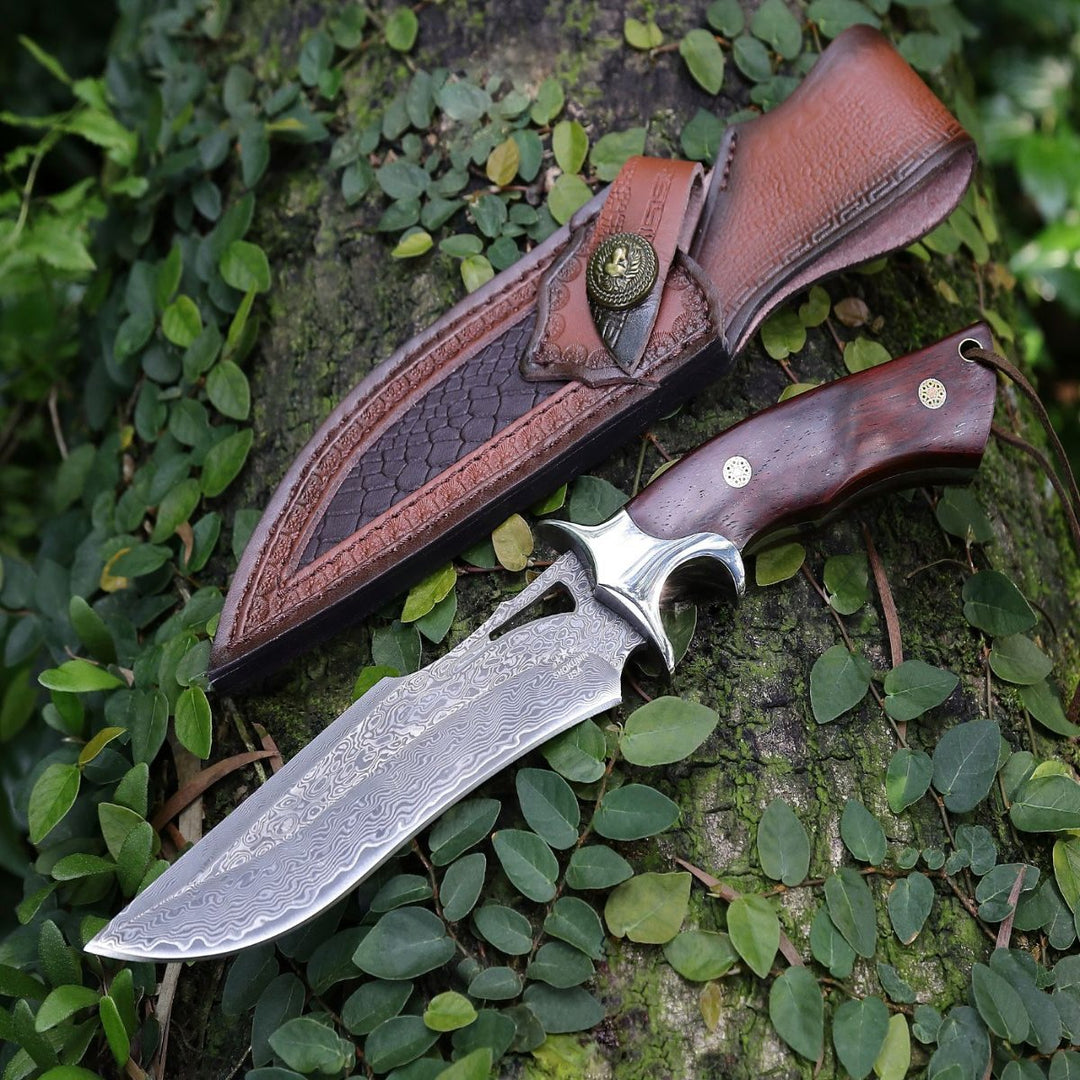
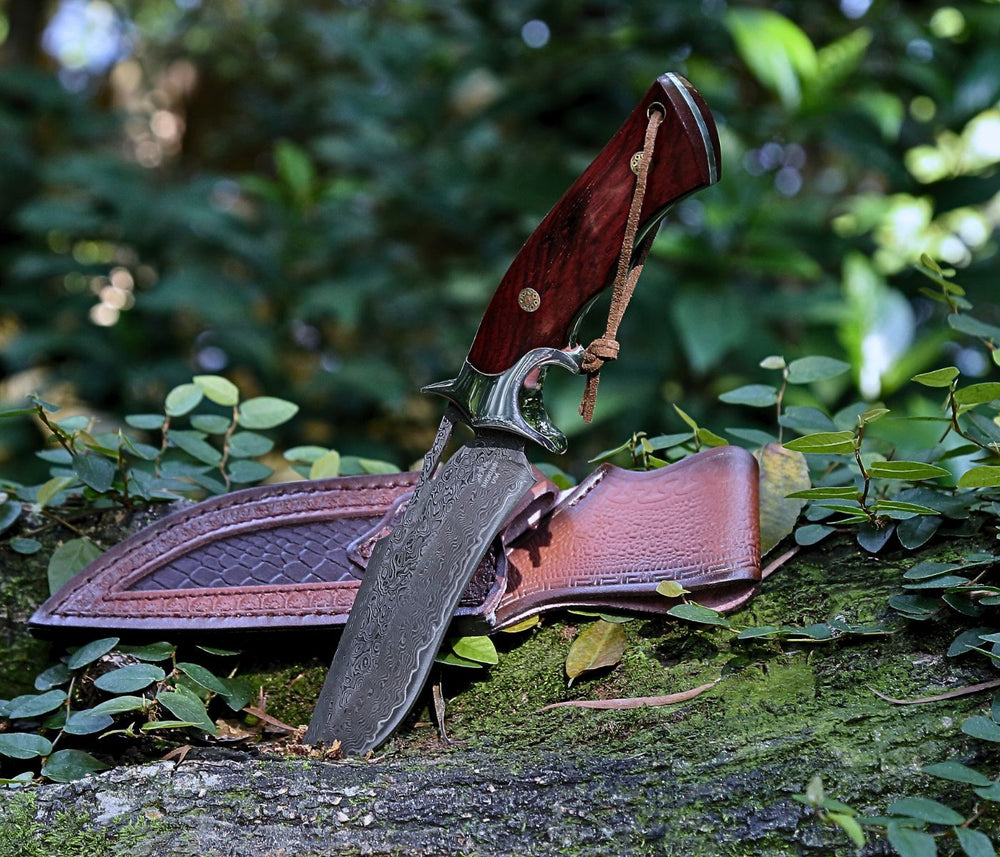
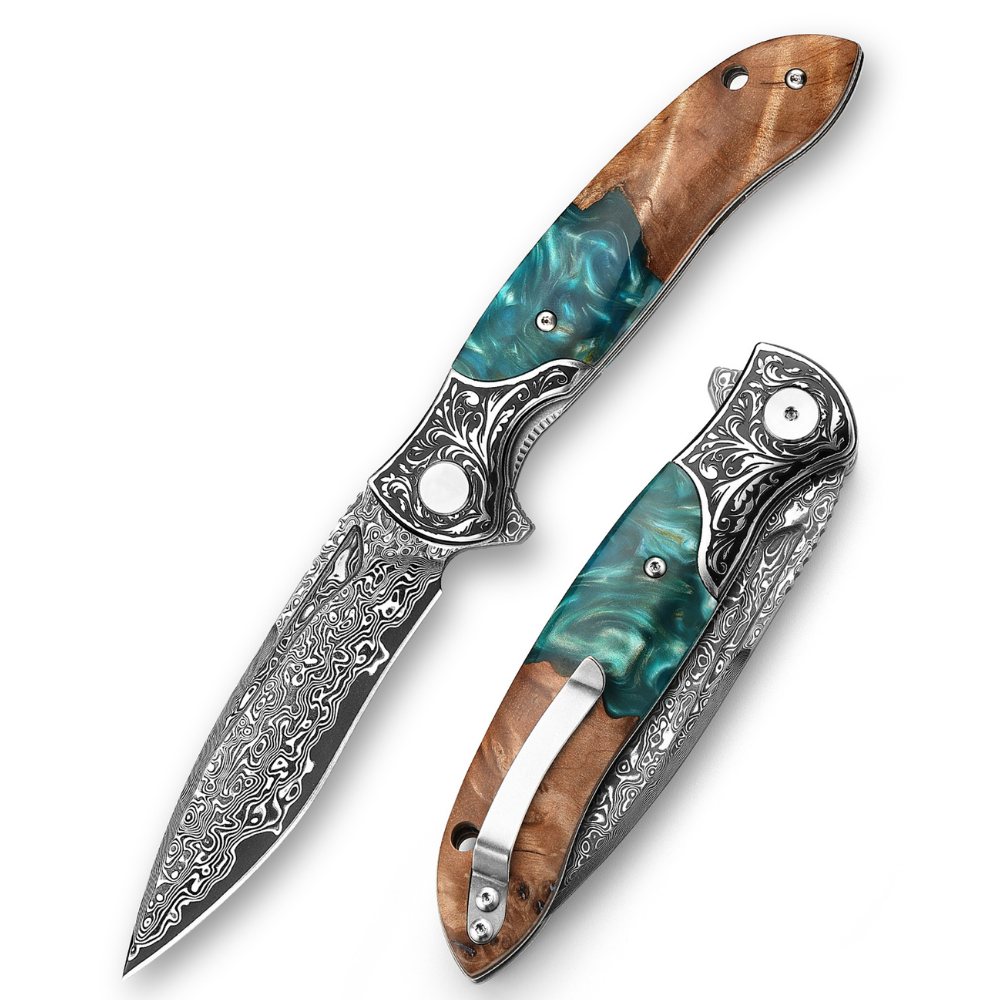
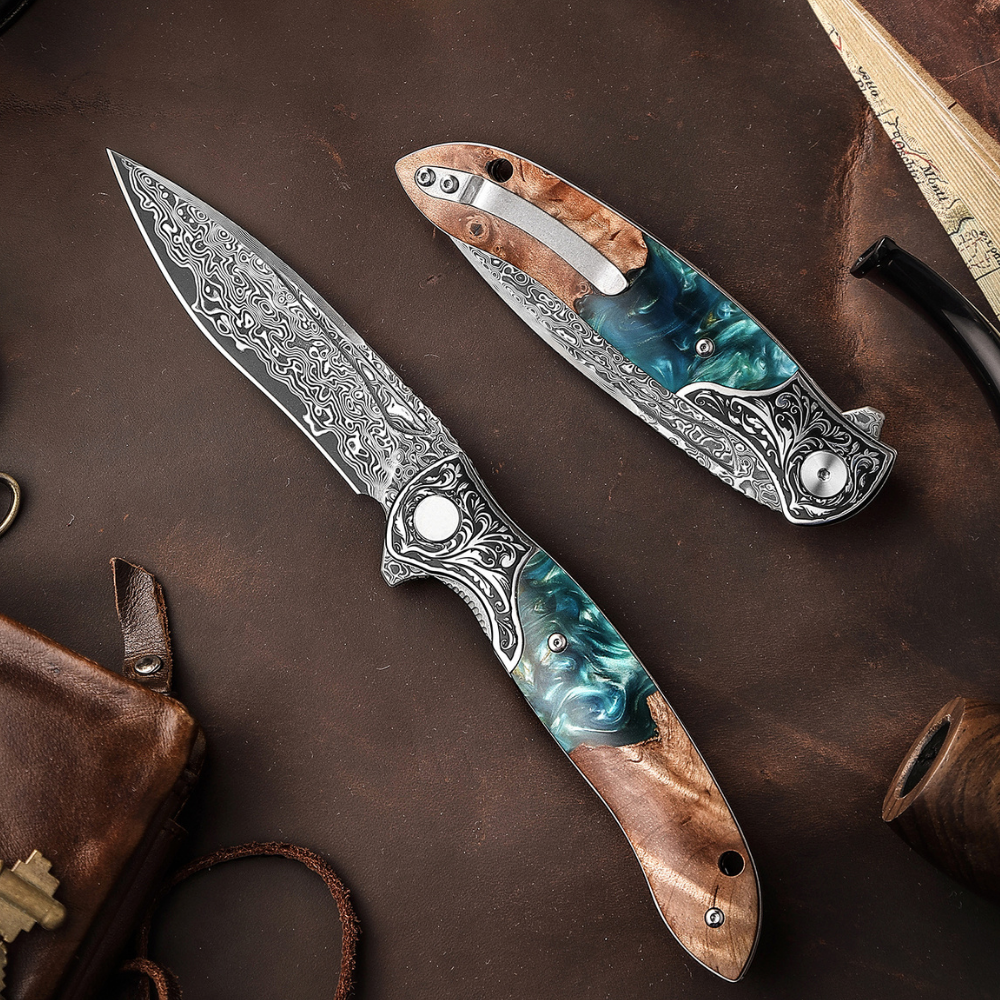
Leave a comment